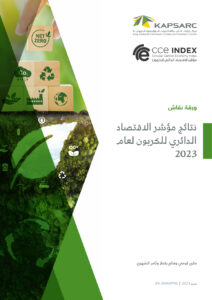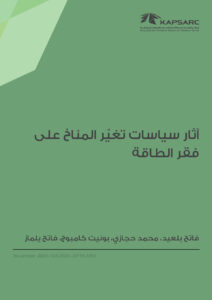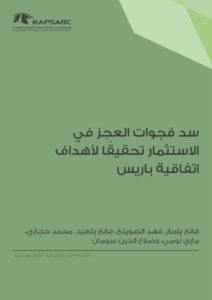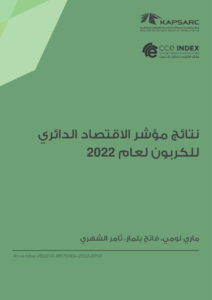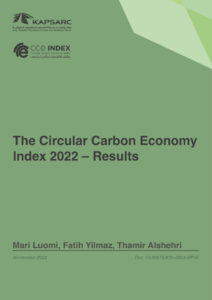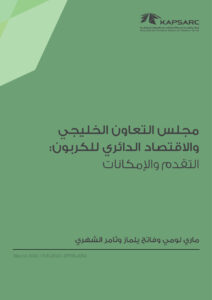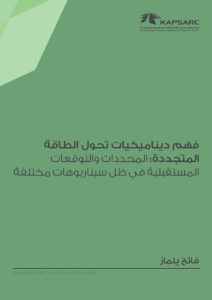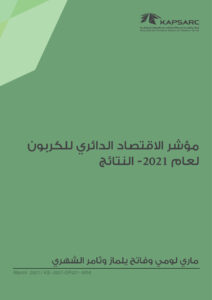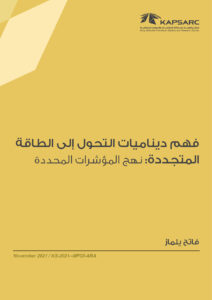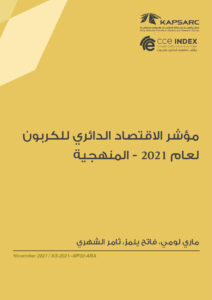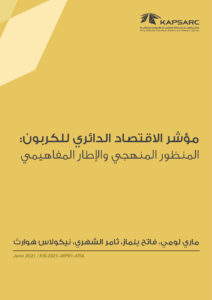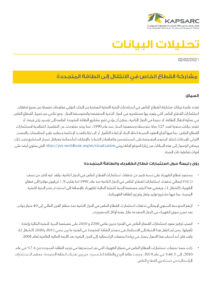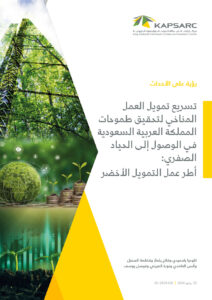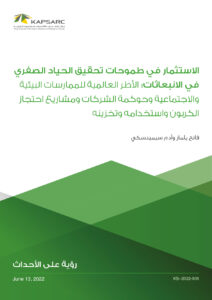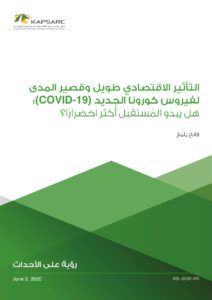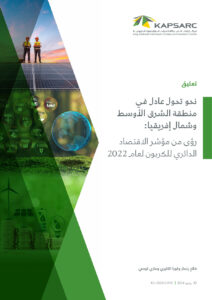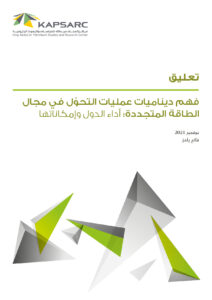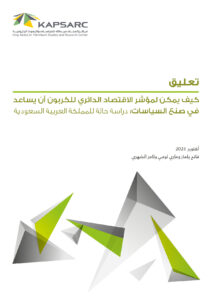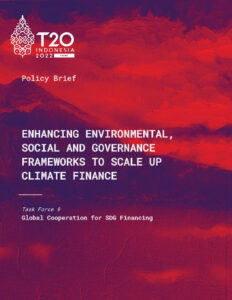يعمل يلماز في الوقت الحالي زميل أول في برنامج المناخ والاستدامة بمركز الملك عبد الله للدراسات والبحوث البترولية (كابسارك)، ويهدف جدول أعماله البحثي الراهن إلى تعزيز فهمنا للعواقب المالية والاقتصادية للتحوّل في استخدامات الطاقة المستدامة فضلاً عن تصميم سياسات فعّالة لتحقيق التوازن بين المخاطر وآفاق النمو. كما أنه عمل قبل التحاقه بكابسارك، خبيراً اقتصادياً في البنك المركزي لجمهورية تركيا، وشارك بفعالية في الأنشطة البحثية وتصميم السياسات للقطاعين الخاص والمصرفي، كذلك عمل مستشاراً للبنك الدولي وشغل منصب أستاذاً مساعداً للاقتصاد في جامعة (ADA) الأذربيجانية. أيضاً قام د. يلماز بكتابة العديد من المقالات الأكاديمية ومقالات السياسات العامة، إضافة لحضوره كثير من المؤتمرات وورش العمل الأكاديمية، وحصل على درجة الدكتوراه في الاقتصاد من جامعة كالغاري الكندية.
Southeast Asia and the Circular Carbon Economy: A Rapidly Developing Region
This KAPSARC Discussion Paper examines six major Southeast Asian economies’ progress and potential on the road to net-zero emissions, or carbon circularity. It does so by using the technology-neutral approach of the circular carbon economy (CCE) and the CCE Index, developed at KAPSARC to operationalize this concept for use in country comparisons. Analyzing the 2023 CCE Index, the paper shows how, overall, the region scores slightly higher than the global average and much higher than the middle-income average on combined CCE Performance and Enablers scores. The region’s countries rank in the middle third of countries. Singapore, the only high-income country in the group, consistently scores well across dimensions. The region generally scores low on the more costly or less accessible CCE technologies, namely carbon capture, utilization and storage (CCUS), clean hydrogen and nuclear energy, and there is a need for increased access to sustainable finance, technology, and knowledge to supplement the lack of domestic creation through universities, the private sector, and R&D activities.
12th سبتمبر 2024
